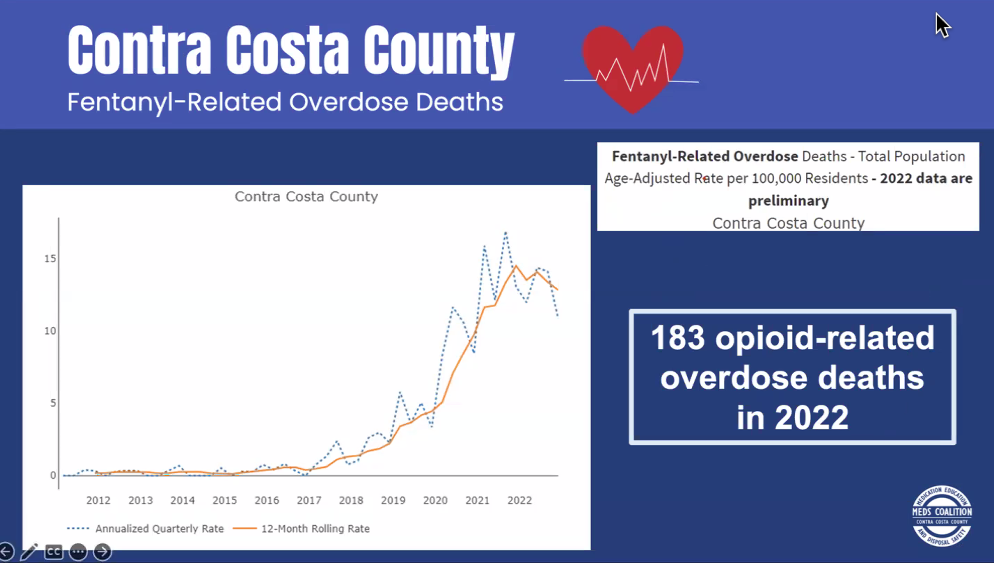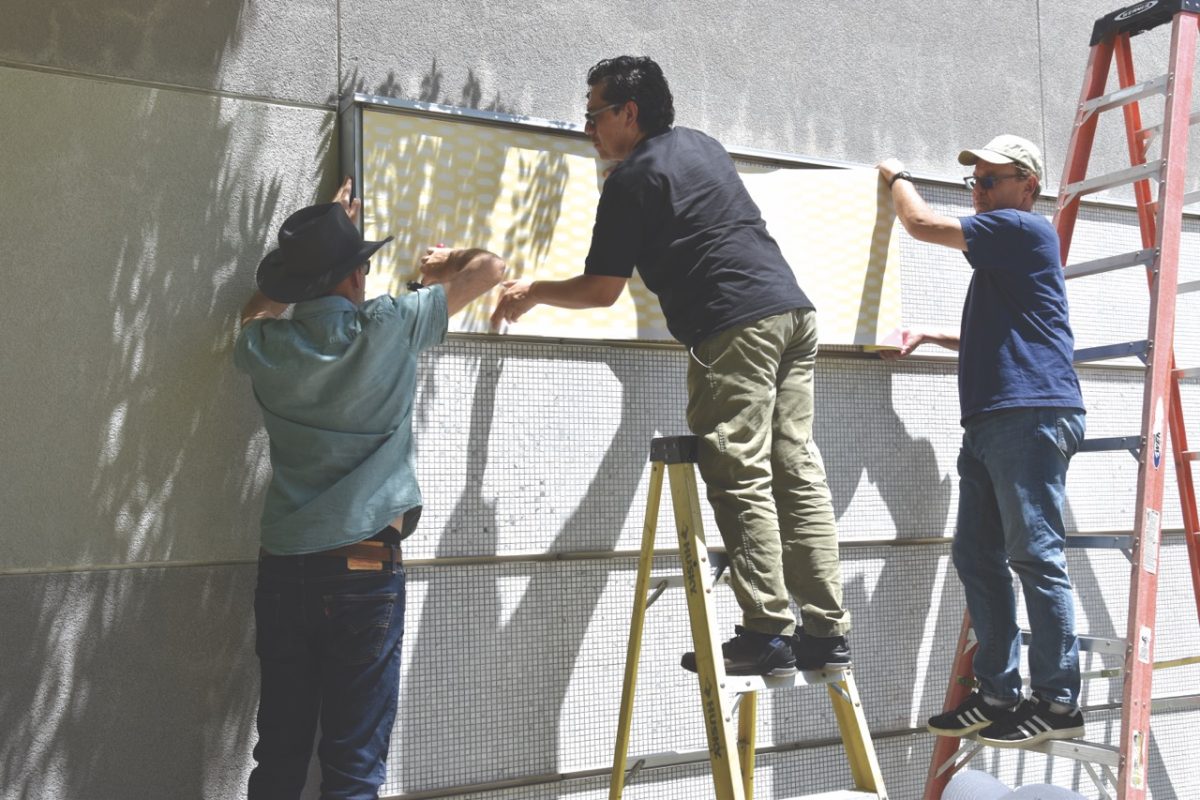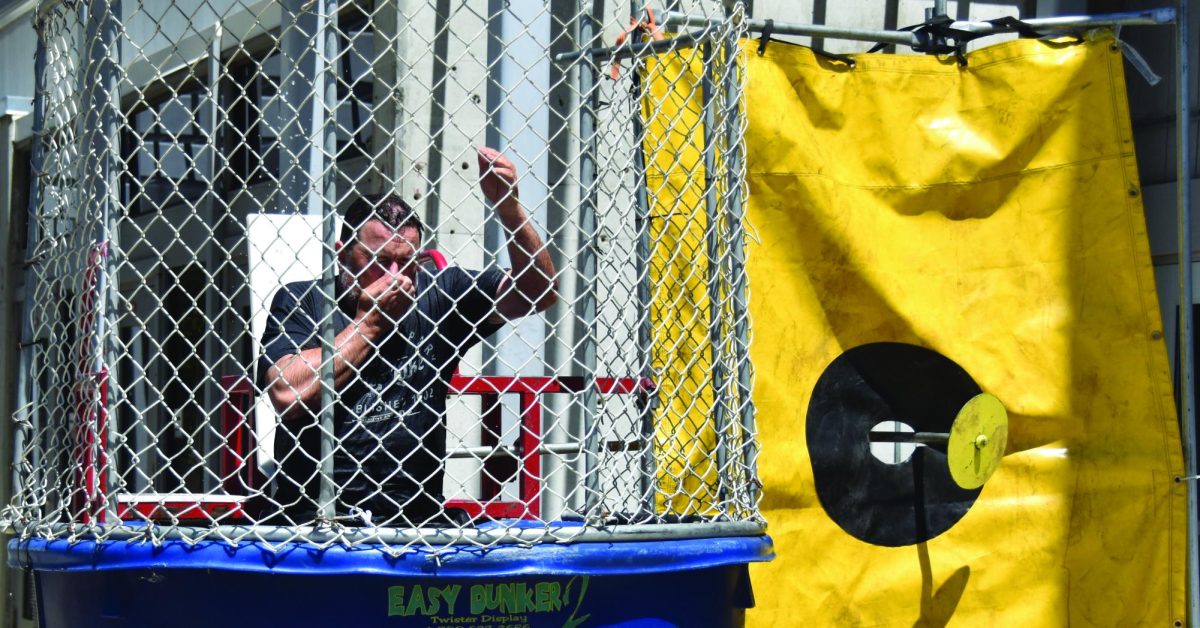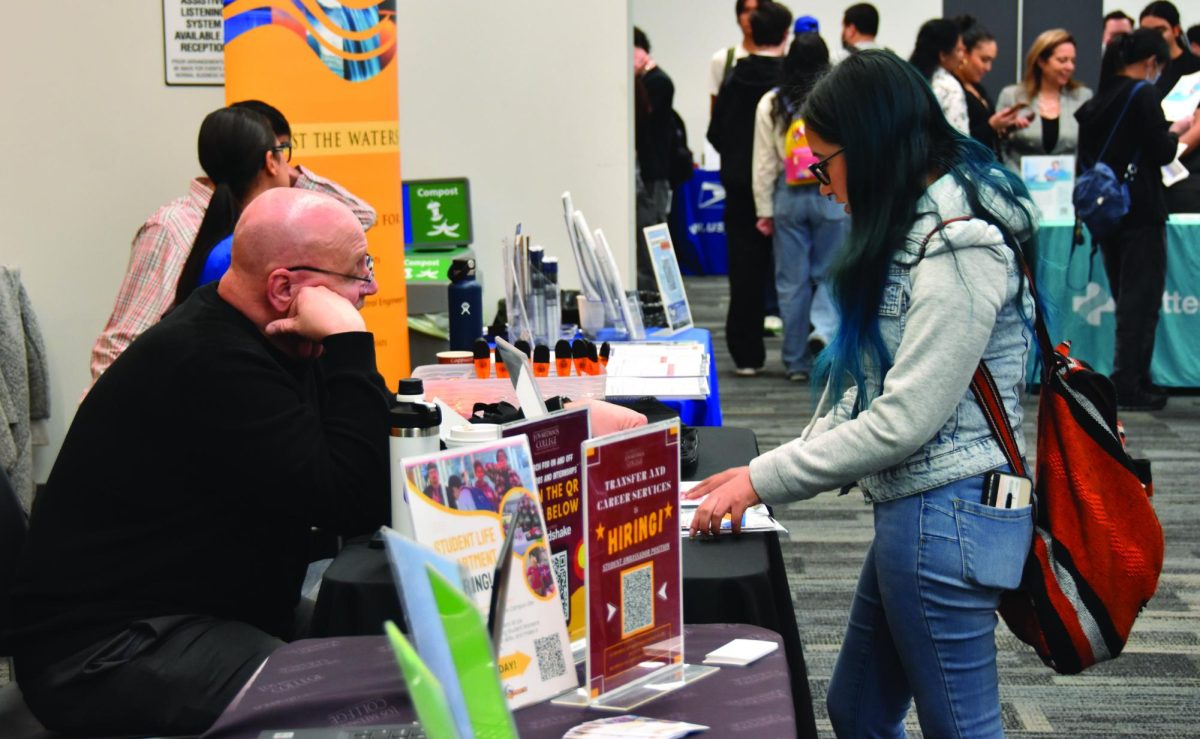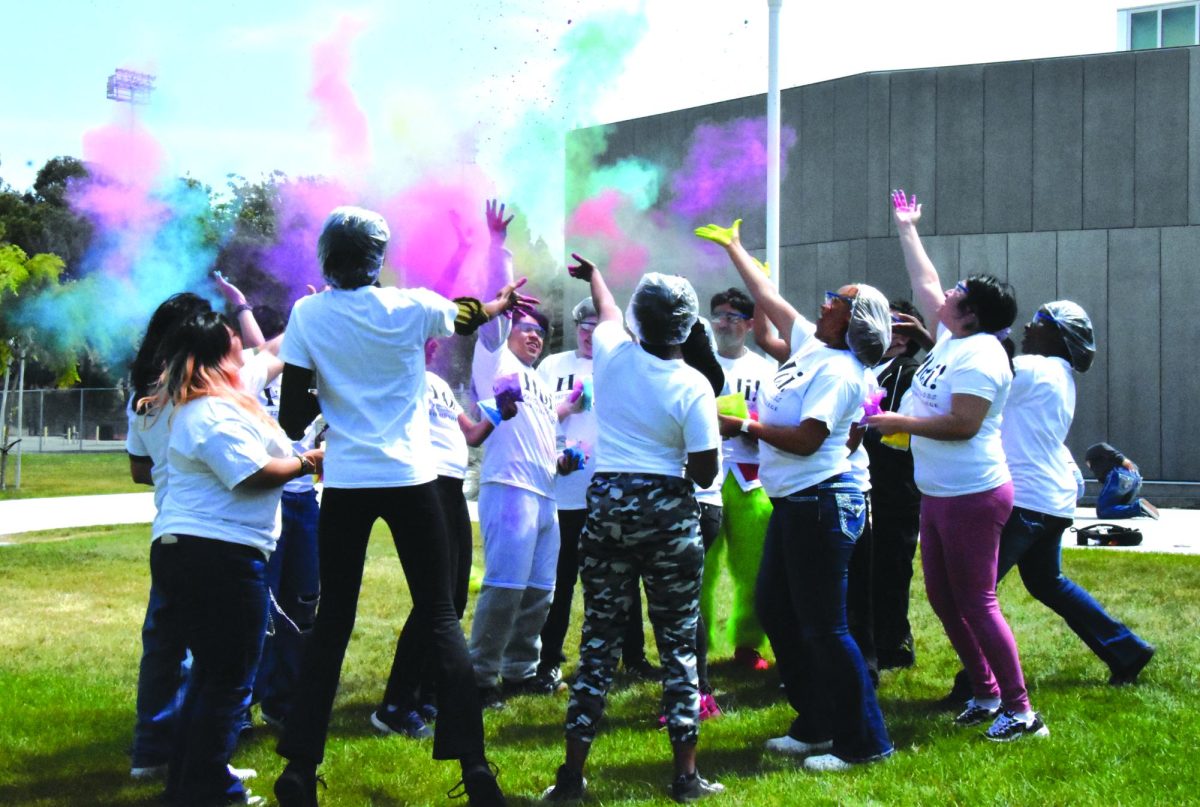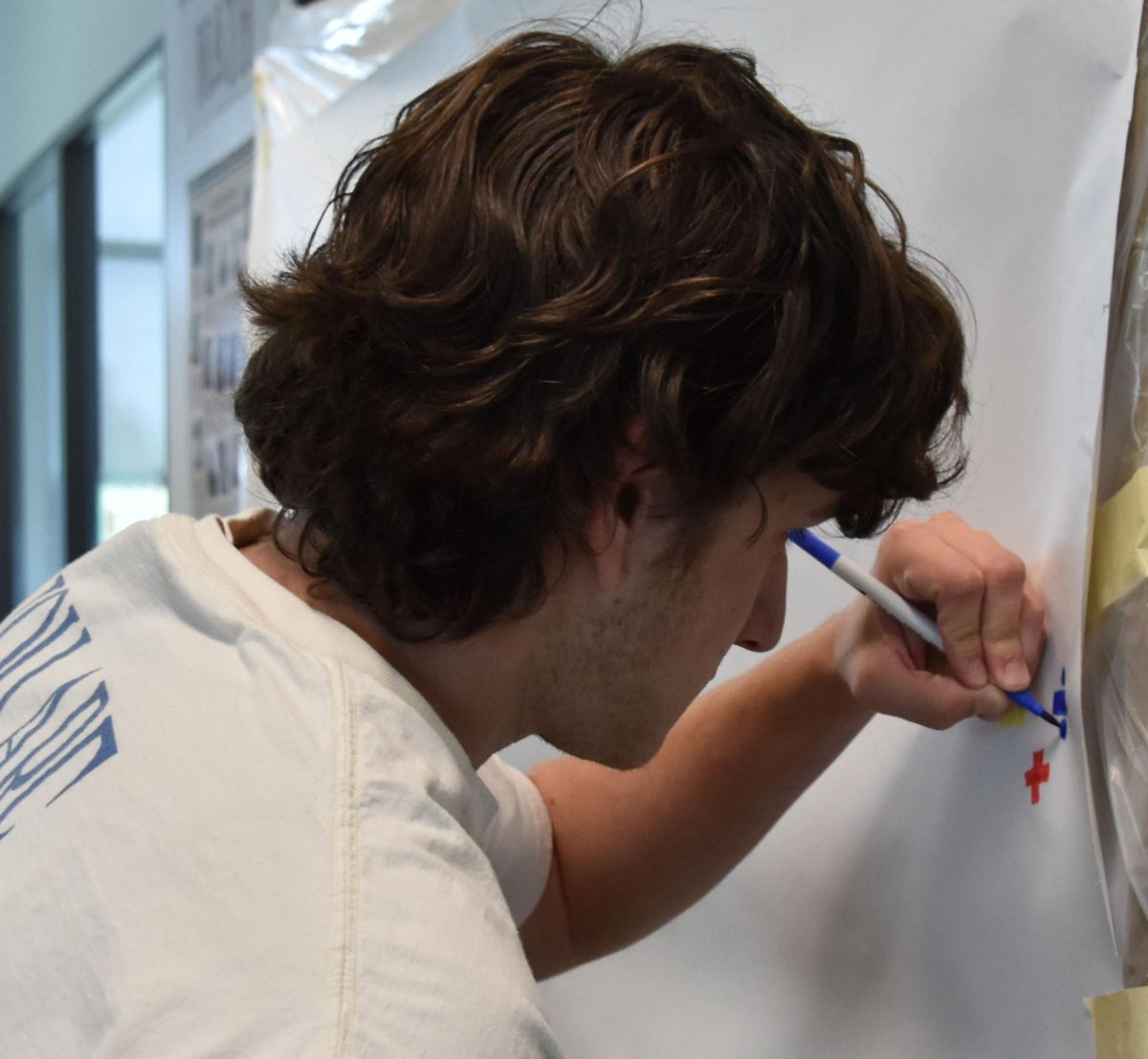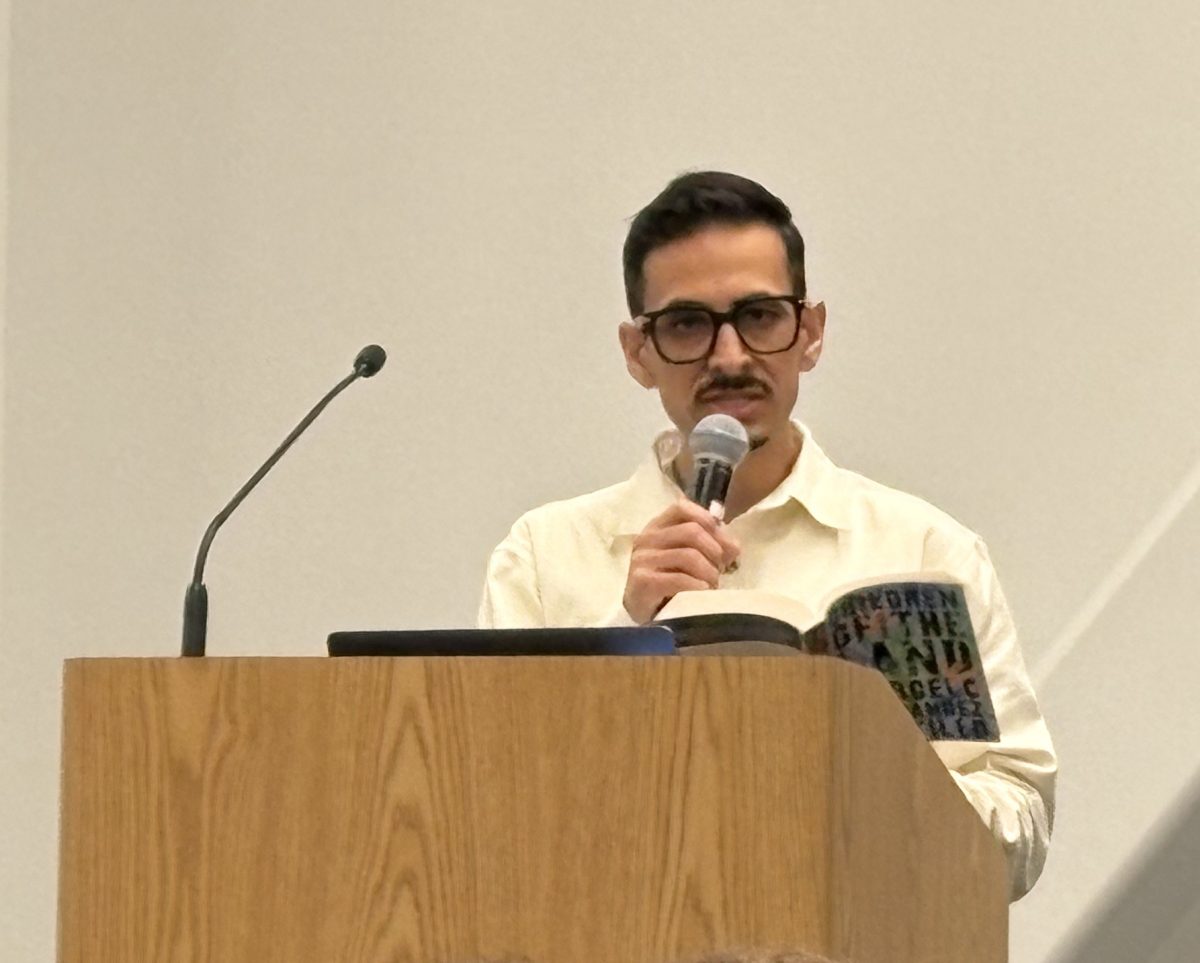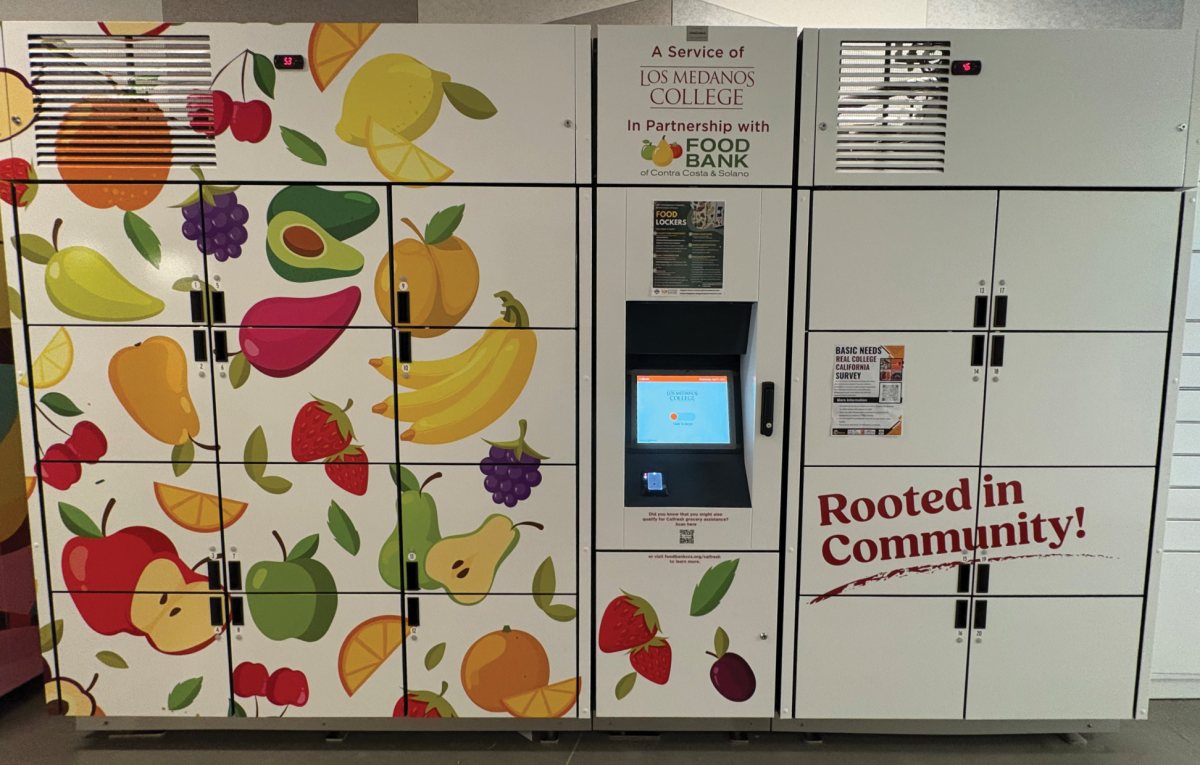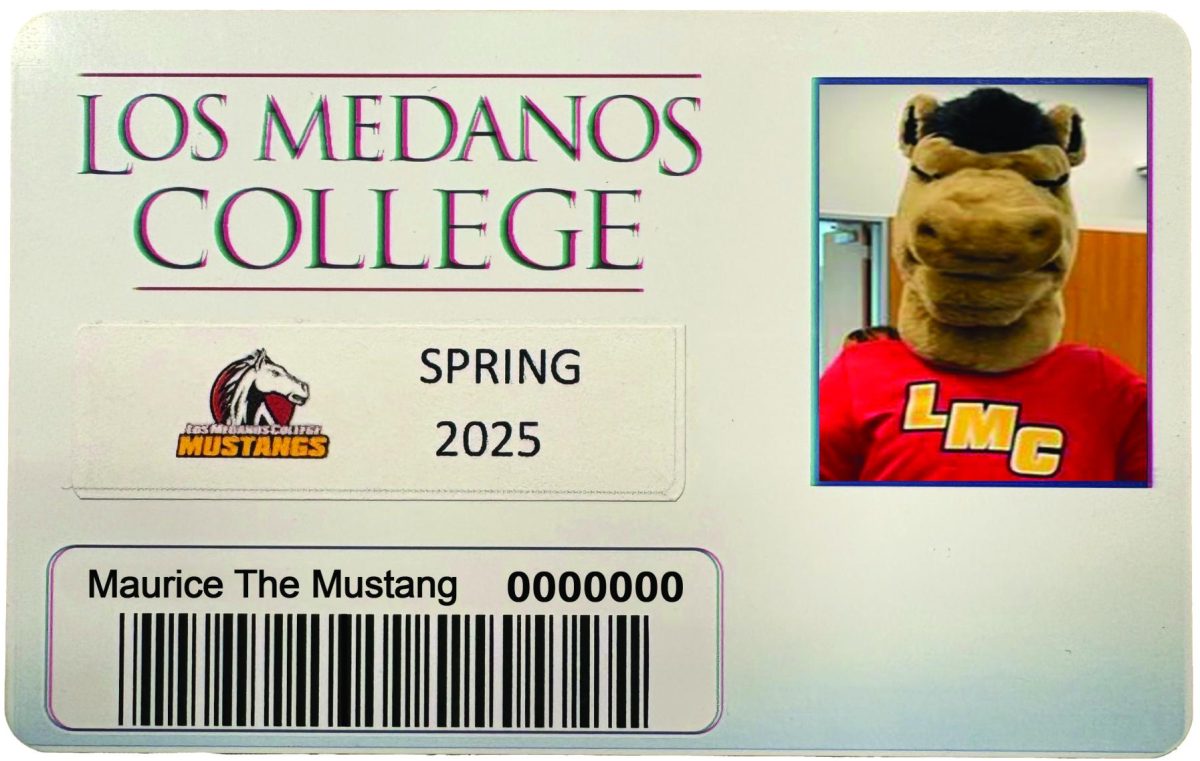“Historically, overdose deaths have affected young adults to middle-aged adults,” said Mariella Sanding who led a Naloxone (Narcan) training over Zoom on April 26.
Contra Costa County’s MED’s Coalition put together the meeting in the hopes of helping to prevent opioid abuse and subsequent overdoses. This is in response to the high number of overdoses that are being seen across the nation.
In 2022 there were 109,680 drug overdoses that led to death. With 183 opioid-related deaths occurring in Contra Costa alone.
“In between years 2019 and 2021, we’ve seen a 109% increase in overdose deaths among those that are under 18,” said Sanding.
These increases can be seen amongst all overdose cases in the nation, as in the years 2019-2022 there was a peak amongst all drug users.
This is due to the lack of support that was available during the pandemic, leaving folks who struggled with opioid abuse disorder before to relapse and fall victim to drug usage again.
This was also the time that fentanyl began to become prevalent among street drugs. Some of the most dangerous drugs that have become the most prominent in being laced with fentanyl are opioids or painkillers, stimulants, and CNS depressants or sedatives.
Opioids for example consist of Oxycontin, Vicodin, codeine, and Percocet. The no. 1 sign of overdose in opioid usage is slowed or stopped breathing.
Sanding explained that opioid abuse is usually caused by the euphoric effect it has on the body that replaces the feeling of pain.
Stimulants consist of Ritalin, Adderall, and Dexedrime, or “study drugs”. These drugs when misused, and taken by people who are not prescribed them can lead to seizures and heart attacks.
These drugs are often misused by students who are taking them in attempts to complete school work, and in hopes of bettering grades. However, Sanding explained that it can be very harmful to not only the brain but also the body of the people who choose to take them without a prescription.
Sedatives or depressants consist of Xanax, Valium, and Ambien. These drugs can cause sedation, seizures that can be lethal, and a slowed heart rate.
Fentanyl falls under the category of opioids, though the main difference is that it is a synthetic drug, meaning, it is made in a lab without any natural derivatives.
It’s a drug that doctors can prescribe for extreme pain and is most commonly given to patients who are in the advanced stages of cancer.
Since the drug is made in a lab, it has become an illicitly manufactured drug, meaning that it’s made outside of a lab, by an unauthorized person. This makes it the leading cause of synthetic opioid death in the nation.
This is mainly caused by the small amount of fentanyl that is needed to cause an overdose.
“A dose of fentanyl the size of Abraham Lincoln’s beard on a penny can be fatal,” said Sanding.
This amount is equivalent to two milligrams of fentanyl, and drug dealers can often be found making entire pills out of this substance through the usage of pill presses.
Sanding explained that seven out of 10 pills that were seized from illicit providers by the Drug Enforcement Administration had a lethal amount of fentanyl in them.
Though it’s most commonly found in pills because it’s the easiest way of manufacturing, it can also be found in cocaine and can be liquified for heroin.
It is also being found in marijuana. This can be due to the marijuana being grown in the same places that illicit fentanyl is being made in. It can be found in edibles, buds, and marijuana cartridges.
Signs of opioid overdose can come in many forms, such as a loss of consciousness, choking sounds or snoring, a limp body, and changes in the color of the fingers or lips (turning blue).
When it comes to preventing a fentanyl overdose, there are two common ways that people can practice, such as getting fentanyl test strips that can be used to test any drugs that people plan on using.
Though there are limitations, “One portion of a drug being tested may contain fentanyl while another portion may not,” Sanding said. “Just like any at-home test, false negatives are also possible.”
Then there is the most common and known form of prevention, Narcan or naloxone, which comes in the form of a nasal spray, and needs to be done as soon as possible. However, it is important to note that there is only one dosage of Narcan in every bottle.
When performing this task you would lay the person who is overdosing on their back, before inserting the spray into one of the nostrils and releasing the spray once into the nose. Once that is done, you would wait for two or three minutes, while performing CPR, if they are still unresponsive you would need to open another bottle. Then in the opposite nostril, release the Narcan again.
“Narcan only lasts for so long, while opioids last in the body for six to eight hours,” Sanding said.
This can cause the person who just overdosed to overdose once again after 30 to 90 minutes.
This is why it is important to call 911 as quickly as possible and provide as much information about the situation.
“The Good Sumiratian law is in place all over the United States, but it varies depending on where you are. Here in California, it provides immunity to low-level drug law violations,” said Sanding.
This means that people who call while someone is overdosing, cannot be prosecuted for being on or having the drug on them unless it is a heavy amount that raises a suspicion of distribution.
Narcan can also be used even if the person is not overdosing, and will cause no harm to the body.
Though LMC is not providing Narcan at this moment on campus, it can be found for free at the DVC campus, along with insurance providers, and the Contra Costa County MEDS Coalition. It is also sold at some over-the-counter pharmacies and is being sold anywhere between $40 and $80.

